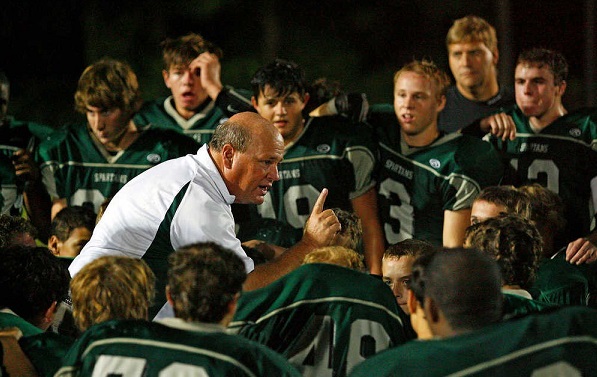Changing a mediocre culture into a winning one can be difficult. If it were easy, it would’ve already been done. Change can be threatening and resistance can be reflexive. The vision and the need must be communicated with a clear and compelling message. In their heart of hearts, most folks understand change is necessary, they just want to delay the day of reckoning as long as possible. Change agents must make it clear that day has arrived; that change must and will happen now.
1) The next step is to create an environment that leads with rewards and praise instead of fear and punishment. While there must be consequences for actions, and it is more than semantics, often it seems that what matters most is a relatively subtle change in attitude: placing the achievers on a pedestal and providing incentives for the TEAM (not the individual) to succeed and creating a culture that allows more people to succeed.
2) “Setting the Bar High” is very important to a successful organization. Rather than fire people just elevate the bar to achieve and the people who didn’t want to be a part of that process leave the organization on their own. This was an amazing phenomenon. The hard work and sweat of people’s labors was in itself self-correcting to the organization; a team giving their all isn’t willing to tolerate someone giving less than their best.
3) Leading by example is crucial. While demanding greatness from her followers, a leader must deliver on it herself as well; that consistency is important to the team building process. The manager making 4 sales calls a day creates an interesting synergy that is unmistakable in its effects. A successful leader is driven and competitive and at the forefront of the mission, role modeling crucial behaviors. People respect a leader that leads from the front.
4) The ability to manage setbacks and failure is another important quality in great leaders. The capacity to rebound, to work towards turning things around even in the face of continuing adversity is an inspirational character trait that all good leaders develop and nurture. The corollary talent is the ability to recognize how success can challenge an organization and guard against the natural tendency to rest on one’s laurels. Organizations that are consistently successful don’t rest. If you do, there is ALWAYS someone hungrier, more committed, with greater dedication, more fire in the belly around the corner who will get the lease, the deal, the prize if you don’t. You have to be persistent, smart, engaging and working hard all the time. That’s easy to do in a crisis but often difficult in an organization that is feeling the benefits of its success. Satisfied needs don’t motivate (unless you have the vision to see beyond today’s full belly to tomorrow’s empty stomach).
5) Sustaining Excellence through the Power of Attraction: Done right, the most powerful part of team building is how it can become contagious throughout an entire organization and beyond. As the team becomes more and more successful, other individuals and other top performers from organizations will want to be a part of it. This amazing phenomenon had interesting consequences. Some people wanted to join the organization to be a part of something big, thinking the good life was there, and not realizing how difficult and fragile that success was. You can have those individual superstars, however, it is the team that creates something extraordinary and more importantly it’s almost self-perpetuating.
The above blog is inspired by and based upon a May 4, 2007 Amazon review of “Don’t Fire Them; Fire Them Up!” by Howard L. Salter titled BUILDING TEAMS IS IMPORTANT TOWARDS THE END OF A STORM.
As always, I share what I most want/need to learn. – Nathan S. Collier



0 Comments